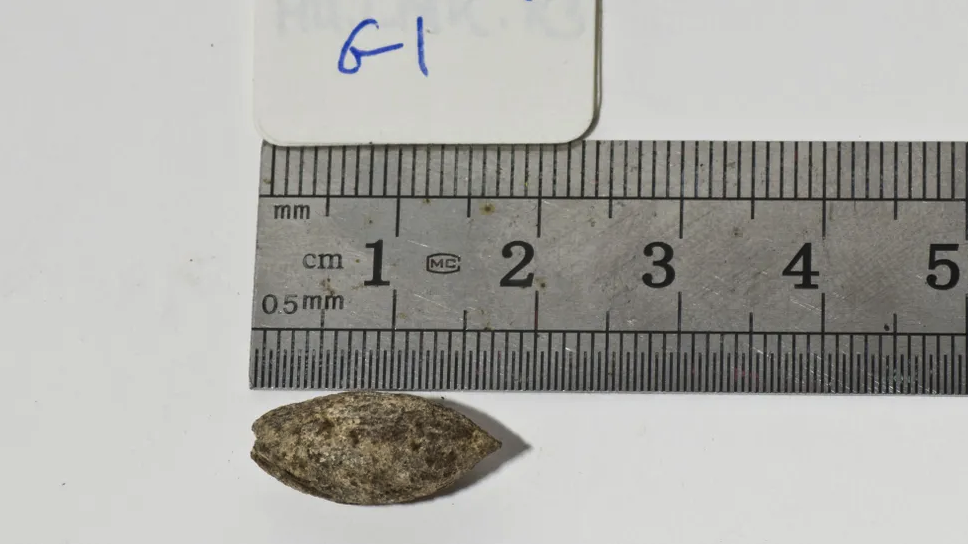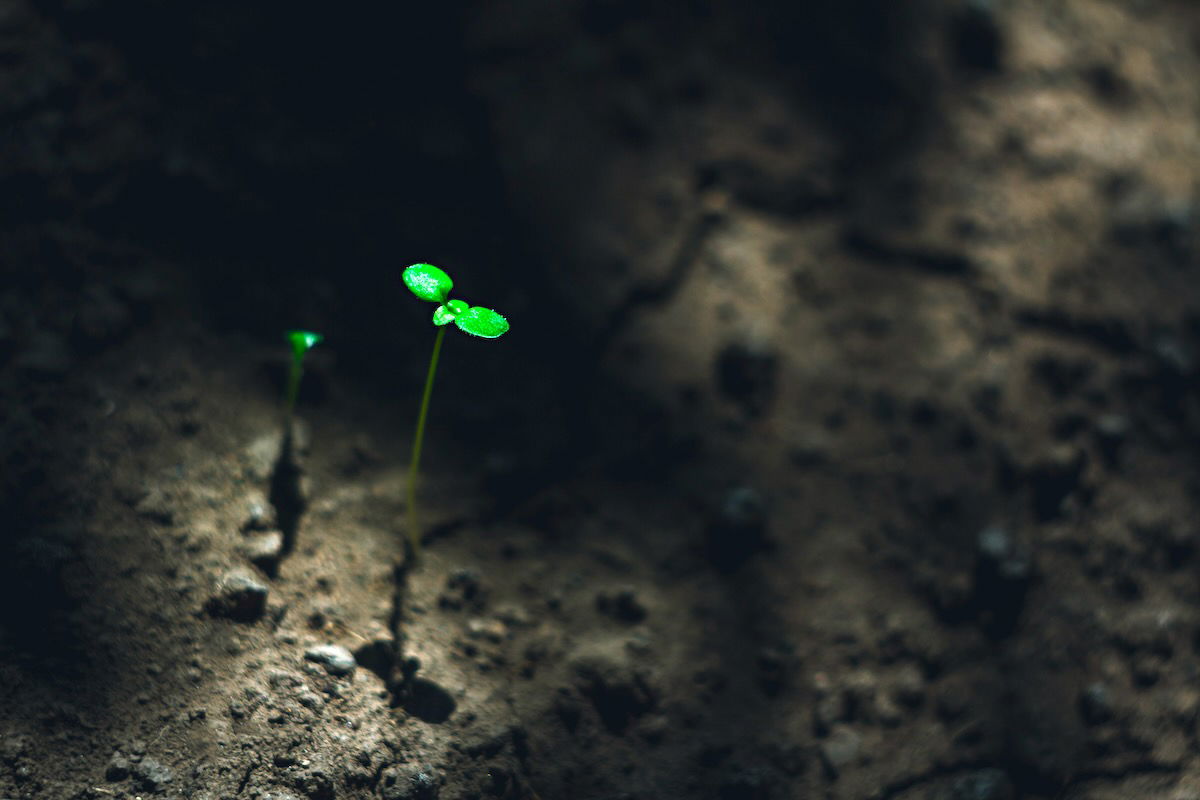Scientists in Israel have successfully grown a tree from a 1,000-year-old seed discovered in a Judean Desert cave. Dubbed “Sheba,” this tree could potentially unlock secrets of ancient medicinal practices and biblical references, with some speculating that this could be the long lost “Balm of Gilead.”
Mentioned in the Bible several times, the balm often symbolizes healing and relief. In the first book of the Old Testament, Genesis, it appears as part of a caravan’s cargo traveling from Gilead to Egypt. In the Book of Jeremiah, the prophet laments the lack of healing for his people, using the balm as a metaphor for spiritual salvation, and later, God uses the balm metaphorically to highlight Egypt’s inability to find healing. In modern Judeo-Christian lore, the balm has come to be known as a sort of divine “cure-all” substance for both body and soul. Famously, the traditional African-American spiritual “There Is a Balm in Gilead” highlights that it can “make the wounded whole” and “heal a sin-sick soul.”
Historically, the Ancient Romans sought the balm for its anti-inflammatory and medical uses, with Pliny the Elder, writing significantly about the substance in his magnum opus, “The Natural History.”
However, as with many Biblical mysteries, time has led to a loss of knowledge, and there is great speculation as to the source of the Balm of Gilead. No one truly knows what went into making it, but new research may have just found the answer.
The journey of Sheba began in the late 1980s when archaeologists unearthed an ancient seed in a cave located in the Judean Desert. Radiocarbon dating placed the seed’s age between 993 and 1202 CE, suggesting it belonged to a now-extinct population of trees once thriving in the Southern Levant—a region encompassing modern-day Israel, Palestine, and Jordan.


After nearly 14 years of careful nurturing, the seed has grown into a mature tree approximately 3 meters tall.
Recently, the scientific team conducted extensive DNA sequencing and chemical analyses to understand Sheba’s lineage and properties. The tree belongs to the Commiphora genus, which is part of the Burseraceae family—known for producing aromatic resins like frankincense and myrrh. However, Sheba stands out as a distinct species within this genus due to its unique genetic fingerprint and lack of aromatic compounds.
Chemical examination revealed that Sheba’s leaves and resin are rich in pentacyclic triterpenoids, compounds known for their anti-inflammatory and anti-cancer properties. Additionally, the tree contains squalene, an antioxidant with skin-smoothing benefits.
Initially, researchers hypothesized that Sheba might be the historical “Judean Balsam,” a tree famed for its fragrant resin used in ancient perfumes, and often considered the source for the Balm of Gilead.
But there was one problem; the tree wasn’t very fragrant.
“Based on the above findings, we refuted our initial hypothesis that ‘Sheba’ is the historical Judean Balsam,” the authors wrote in the study.
Dr. Sarah Sallon, the lead researcher of the project, concluded that “the germinated Commiphora seed was not Judean balsam but something completely different.”
Attention shifted to another biblical reference: “tsori,” a resin associated with healing, and for some scholars, the actual source behind the Balm of Gilead.
However, there is a catch. Academic religious scholarship, due to confusion over naming, historical debate, and religious doctrine, seem to have a fairly healthy disagreement over whether Judean Balsam or tsori was the true Balm of Gilead.


Sallon believes that Sheba is not the source of the famous miracle balm, but appreciates that “we have gone a long way in solving a biblical mystery.”
The identification of Sheba as a potential source of tsori is supported by its chemical profile and historical context. The resin was historically linked to Gilead, a region east of the Jordan River known for its fertile valleys, and since Sheba’s seed was found in the Judean Desert aligns with this geographical association.
The presence of the seed in the cave raises intriguing questions about its deposition. Researchers propose two main hypotheses: animal activity or deliberate human storage.
Evidence suggests that small rodents or birds might have transported the seed into the cave. Alternatively, during periods of political upheaval when Judean Balsam vanished from the region, people might have stored valuable seeds in caves to protect them.
While mysteries remain, Sheba’s leaves and resin do hold some interesting findings. The potential anti-cancer properties require more study, but they could hold some promise for future cancer drugs. While researchers may not have found the mythical “Balm of Gilead,” this mysterious seed may still yet “make the wounded whole.”
MJ Banias covers space, security, and technology (and ancient trees on occasion) with The Debrief. You can email him at mj@thedebrief.org or follow him on Twitter @mjbanias.

